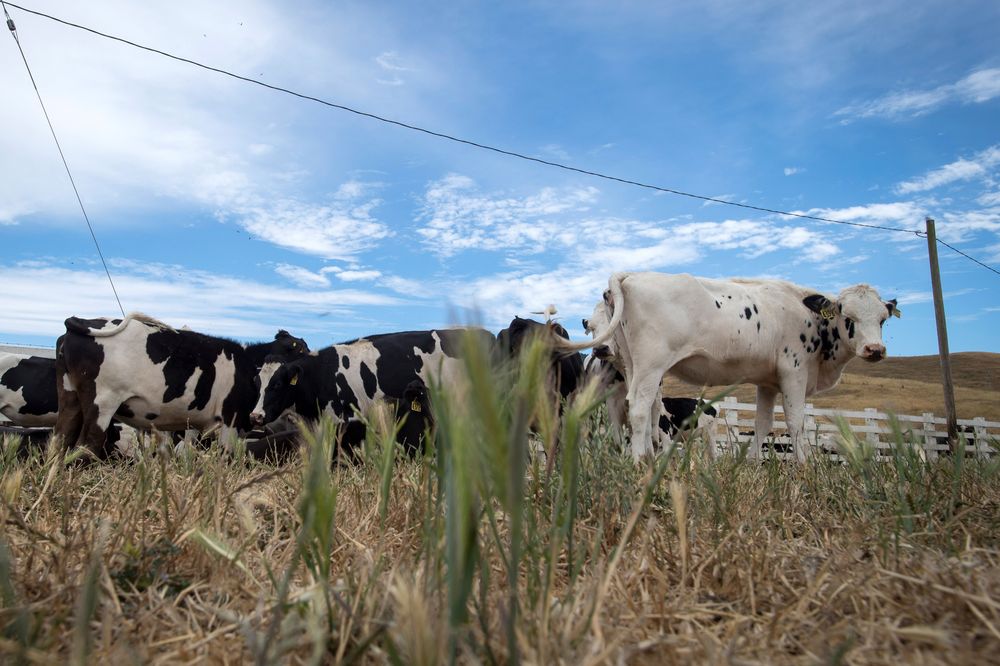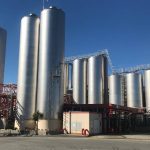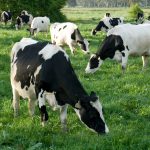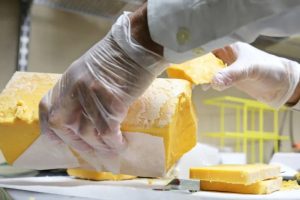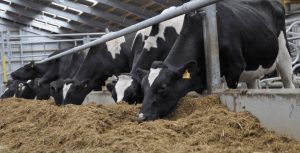
These environmentally focused innovations are playing a larger role in supporting the mission of the California Milk Advisory Board: to build global demand for California dairy products.
Just last year, the industry came together for the inaugural California Dairy Sustainability Summit, where dairy producers, regulatory bodies and non-governmental organizations (NGOs) had open, honest conversations about the current and future opportunities and challenges facing the dairy industry. Overall, the industry is taking a pragmatic and realistic approach to the tough tasks at hand. Environmental sustainability in the dairy industry means always promoting responsible use and reuse of water and land, reducing emissions into the air and ensuring cow comfort and nutritious products.
The U.S. dairy industry—including California in particular—has a great deal to be proud of. In many ways, it’s setting an example for the global dairy industry in its response to broad environmental demands. Factual, scientific proof backs up its achievements:
U.S. and California dairies produce more milk while using fewer resources. Annual production per American cow is 23,000 pounds of milk. This is equivalent to the production of five cows in Mexico or 30 cows in India. The global dairy industry has looked to California as a productivity model.
With 16 million fewer cows today (1950 vs. 2018), milk production nationally has increased 60%.
The carbon footprint of a glass milk in the U.S. is more than 60% smaller today than it was 75 years ago—the lowest of any country in the world.
The installation of methane digesters and alternative manure-management projects demonstrate that California dairy farms are already on track to achieve a 40% reduction in manure methane emissions by 2030. It is anticipated that up to 120 dairy digesters will operate in the state within five years.
A growing number of dairy farms are reducing the use of fossil fuels by converting diesel-powered equipment to electric. Conversions made by individual farms can eliminate up to 20 tons of smog-forming emissions per year, the equivalent of the emissions of 7,800 cars.
These achievements don’t mean much without sharing these accomplishments and collaborating with industry partners to ensure sustainable supply chains. Cross-functional partnerships are imperative in helping reassure consumer-facing brands that they can rely on their supply chains to meet their own sustainability commitments.
The industry as a whole recognizes the extreme financial and environmental challenges facing California dairy producers and agree that sustainability also must include economic viability. By working together and embracing new approaches and partnerships, the dairy industry can be successful.
